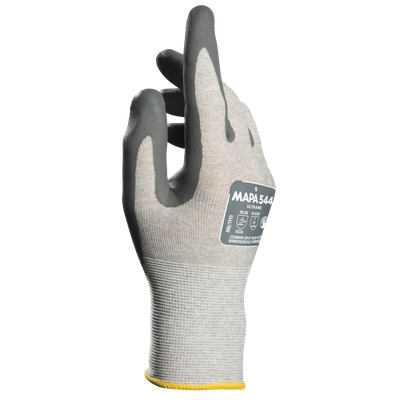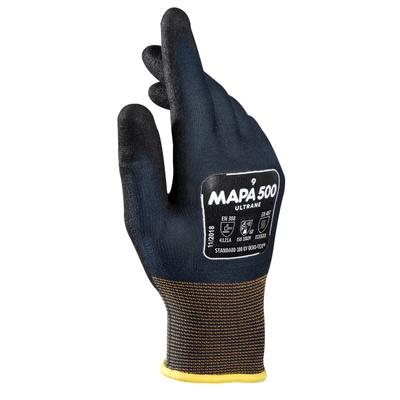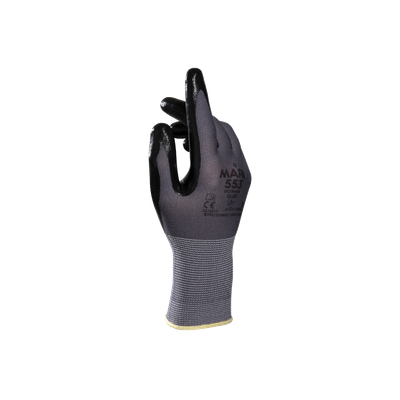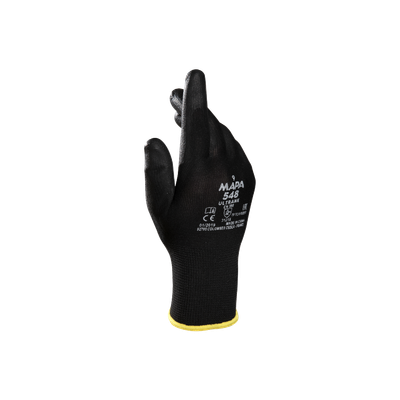Gloves for precision work
Safety gloves for precision work are recommended for applications that require protection from mechanical hazards, without compromising dexterity.
16 results in your criteria
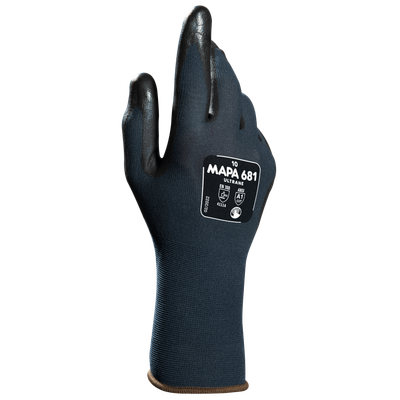
Ultrane 681
Comfort, suppleness and high dexterity thanks to its 18 gauge. Touchscreen ability.
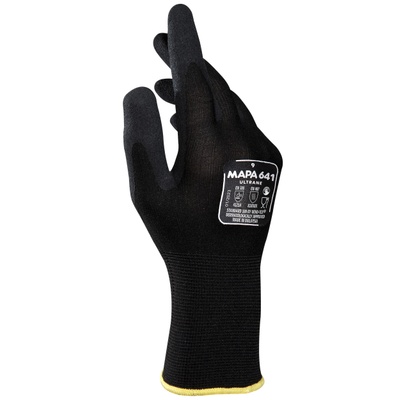
Ultrane 641
Comfort, suppleness and high dexterity without any compromise on breathability and durability / Suitable for touchscreen
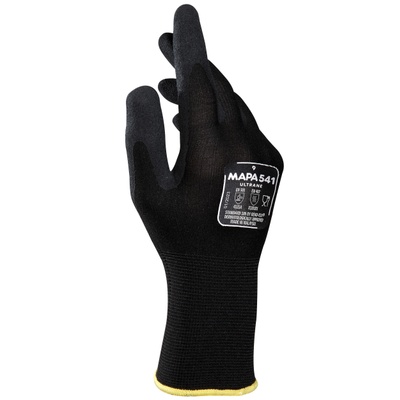
Ultrane 541
Comfort, suppleness and high dexterity without any compromise on breathability and durability

Ultrane 527
Detachable fingers to limit the risk of entanglement by a moving tool - MAPA Patent Pending Comfort, suppleness and high dexterity without any compromise on breathability and durability
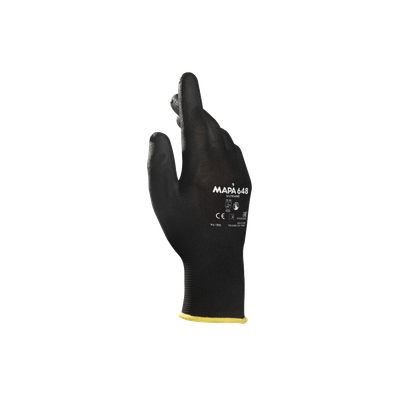
Ultrane 648
Optimal dexterity and sensitivity for light protection. Usable with touch screens.

Ultrane 526
Grip assured, skin protected and unbeatable fingertip sensitivity in very oily environments.
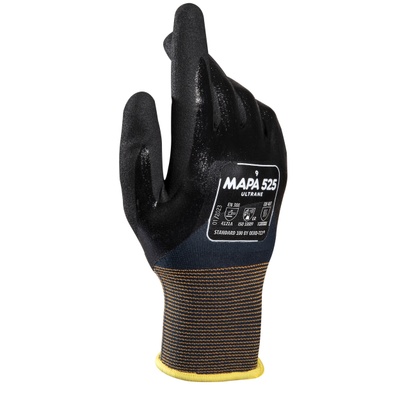
Ultrane 525
Grip assured, skin protected up to knuckle and unbeatable fingertip sensitivity in oily environments.

